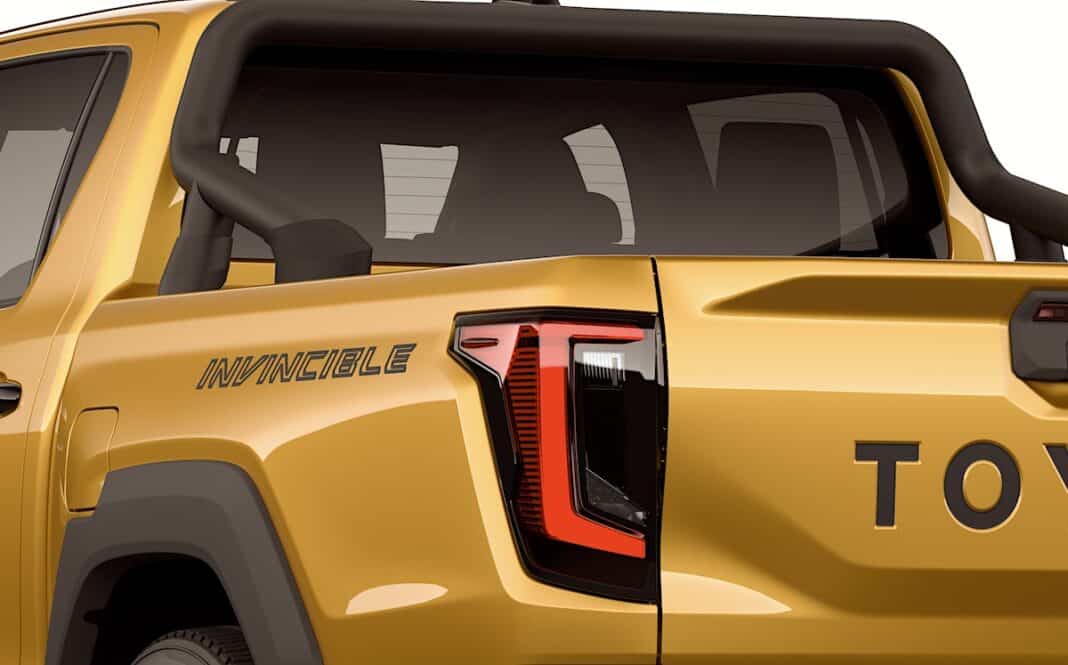Toyota just rolled out a fresh update to one of its most important global trucks: redesigned, upgraded, and tougher in all the right ways. And once again, it’s launching across Asia, Europe, Australia, and plenty of other markets… but not here. North American buyers, as usual, are left watching another evolution of a truck we can’t buy.
Related – Chevrolet Colorado Vs. Toyota Tacoma: A Battle of Power & Price

And that’s always been the head scratcher. This isn’t some niche experiment or low-volume oddity. It’s one of Toyota’s most battle-tested, go-anywhere nameplates, refined for 2026 with sharper styling, more modern tech, and capability tweaks that only strengthen what made it famous in the first place. While drivers overseas get the newest version, we’re left wondering why a truck with this kind of reputation still doesn’t make the trip across the Pacific.
The powertrains (depending on the market) include the kind of torquey, efficient setups that would make sense for North American buyers.
And beyond Toyota’s own product strategy, there’s another wrinkle: the Hilux has a long, complicated history with U.S. regulations, to the point where some consider it effectively “banned” from the American market.
Why the Toyota Hilux Would Actually Make Sense Here

| 2026 Model | Powertrain Type | Release Date |
|---|---|---|
| Hilux BEV | Battery Electric | June 2026 (UK sales) |
| Hilux 2.8D 48V | Mild Hybrid Diesel (48V) | Spring 2026 production |
| Hilux FCEV | Hydrogen Fuel Cell Electric | 2028 (scheduled) |
| Hilux ICE (Eastern Europe only) | Internal Combustion (Diesel) | Region-specific ongoing availability |
It’s not hard to imagine it working in North America. The appetite for smaller, more efficient, genuinely capable trucks is growing fast. Just look at the Maverick, Santa Cruz, and the wave of electrified compact pickups on the way. A right-sized Toyota with true durability would slot in beautifully between our midsize and compact segments.

But Toyota’s reasons for keeping it out are familiar: the Tacoma covers the market, production capacity is spoken for, crash and emissions regulations differ, and Toyota isn’t eager to risk overlap with a strong seller. Logical? Sure. Disappointing? Absolutely.
A Global Update We Won’t Experience

What makes this round particularly interesting is how dialed-in the latest update looks. The exterior leans more modern but stays functional. The interior finally moves past the utilitarian baseline. And the powertrains (depending on the market) include the kind of torquey, efficient setups that would make sense for North American buyers.
Maybe Toyota sticks with tradition and keeps this one away from North America forever. Or maybe the shift toward smaller, tougher, more efficient trucks eventually forces a rethink. For now, though, the newest version of one of Toyota’s most capable global trucks will remain something everyone else gets—while we sit this one out.


